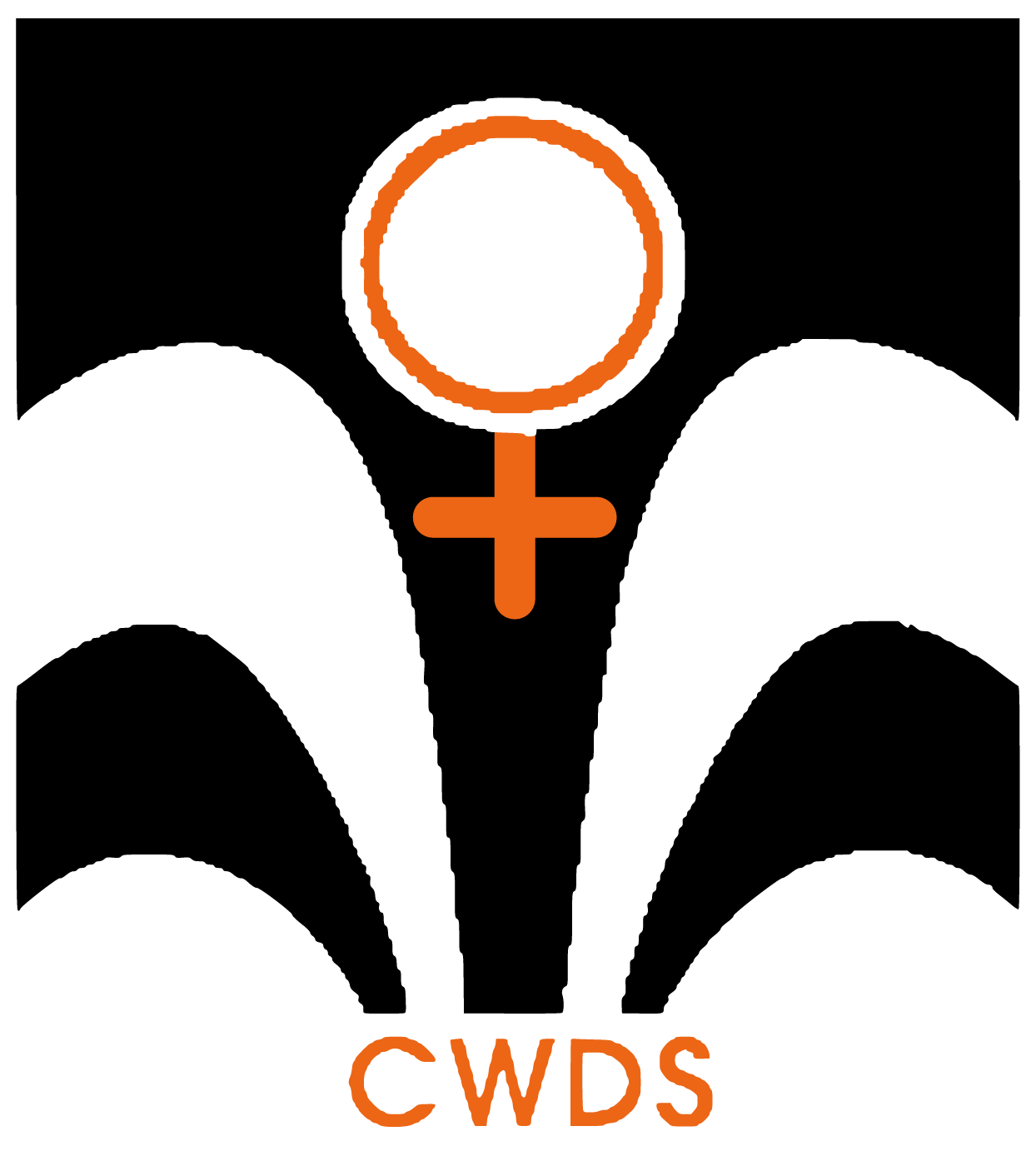- V.V. Giri National Labour Institute2023
Introduction The Present e-rural camp was conducted under the Centre for Gender and Labour Studies for strengthening the skills of the p
- Centre for Budget and Governance Accountability2022
Union Budget 2022-23, presented amidst the third wave of the ongoing COVID-19 pandemic, had many expectaons to fulfil.
- Karnataka. Fiscal Policy Institute2021
The journey from unemployment or employment to self-employment is liberating in multiple ways for the Indian woman.
- Centre for Budget and Governance Accountability (CBGA)2021
Gender Responsive Budgeting practices have been in force in India for over fifteen years.
- National Institute of Public Finance and Policy2019
- UN Women2017
- Population Council1999
In recent years there has been a growing concern in many countries, including India, that public health and family planning programs have placed insufficient emphasis on the quality of their services (Ickis 1992; Khan et al. 1994; Mensch 1993; Miller et al. 1991).
- Population Council1999
Sterilization for men and women is the most commonly used contraceptive method both in India at large and in Uttar Pradesh.
- Population Council1999
Sterilization is the most popular method of contraception in India. The 1992-93 National Family Health Survey found that of the 36.2 percent of eligible couples using any modern method, most (30.7 percent) had been sterilized and only 5.5 percent were using temporary methods (IIPS 1995).
- Population Council1999
The notion of quality in the public health system is becoming increasingly an issue for policymakers and planners in India. The Eighth Five-Year Plan identified the poor quality of family welfare services as one of the factors
